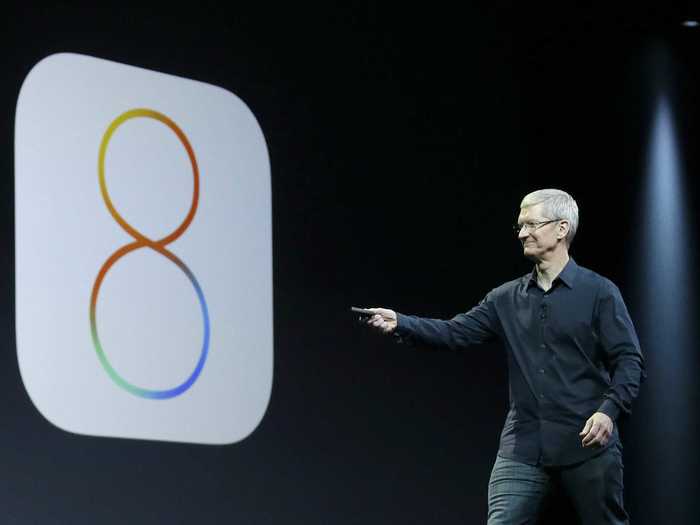Here's How Your iPhone Software Has Changed Every Year Since 2007
2007: When Steve Jobs introduced the first iPhone, he didn't call the software iOS. Instead, it was OS X, the operating system for Macs that iOS is based on. The iOS name came later.

Here's the original home screen for the first version of iOS. These were the only apps you could use. There was no App Store for downloading new apps and games.
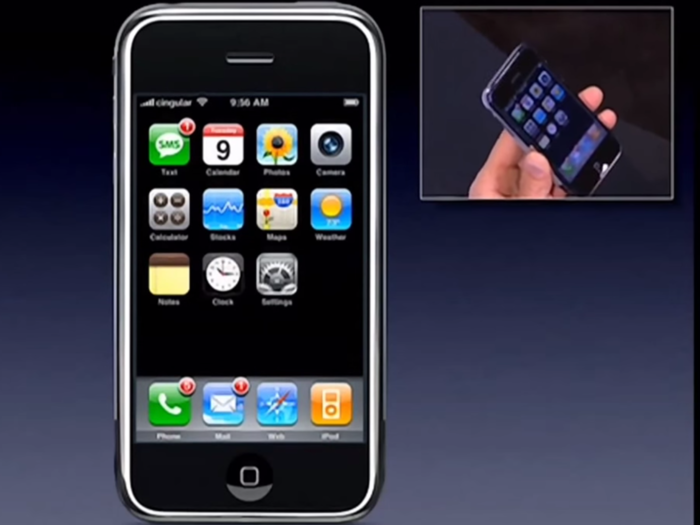
This is what the original iPod app looked like. Years later, Apple renamed the app to Music.
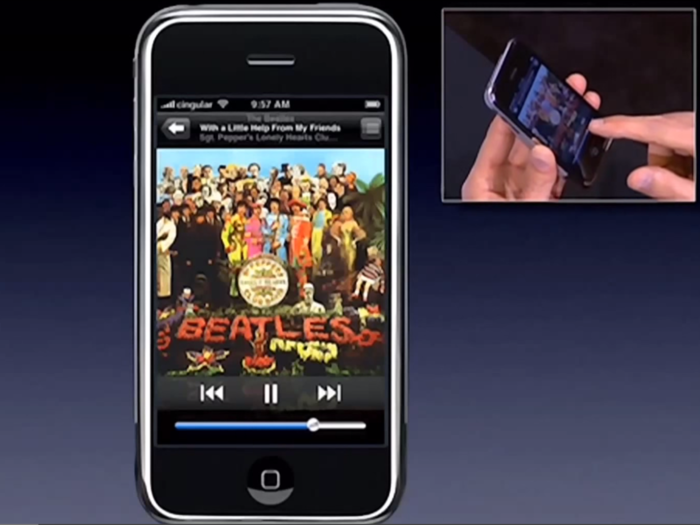
We take voicemail menus like this for granted today, but in 2007, it was revolutionary. Before the iPhone, you had to listen to all your voicemails in the order they came in.

The original iOS Messages app only let you send regular text messages. You couldn't even send photos or videos like you can today.
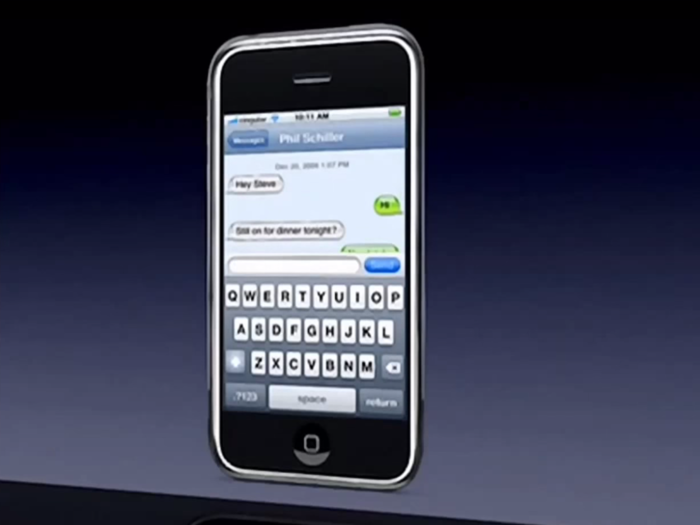
The email app was pretty simple.
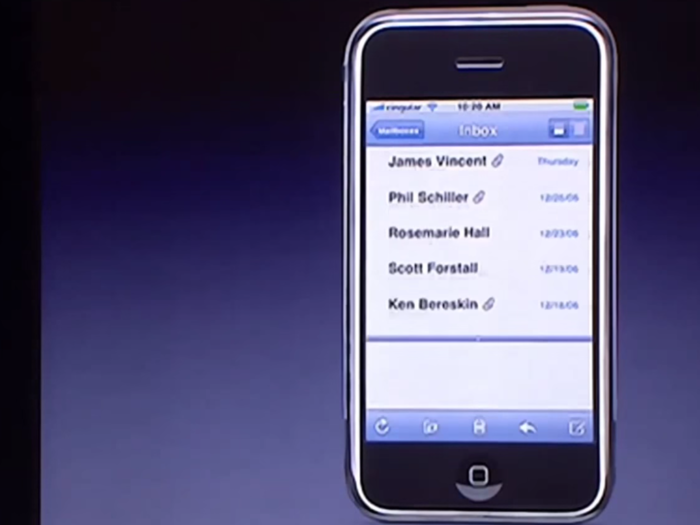
Ah, remember when the iPhone had Google Maps? Those were the days.
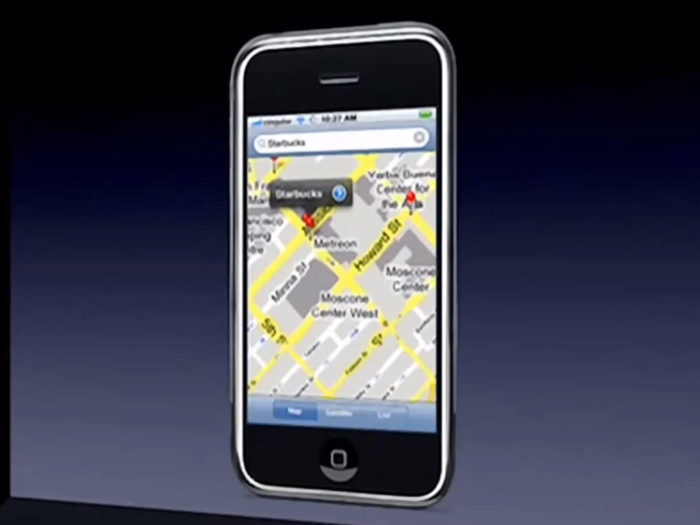
iPhone OS 1 served as the foundation for iOS for the next several years. The design mostly stayed the same, and Apple layered new features on top.
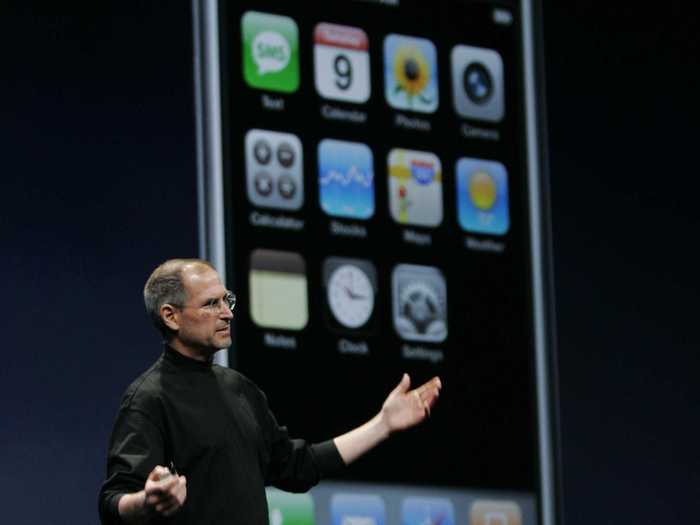
2008: The first major update came in iPhone OS 2. It was the App Store.
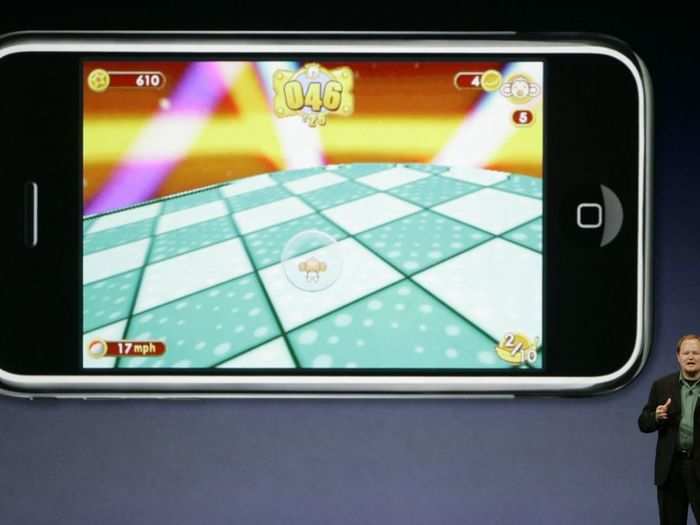
2009: With iPhone OS 3, Apple finally added a copy/paste feature and video/photo messaging. It also added voice control, which let you control your iPhone by talking to it. (This was before Siri.)
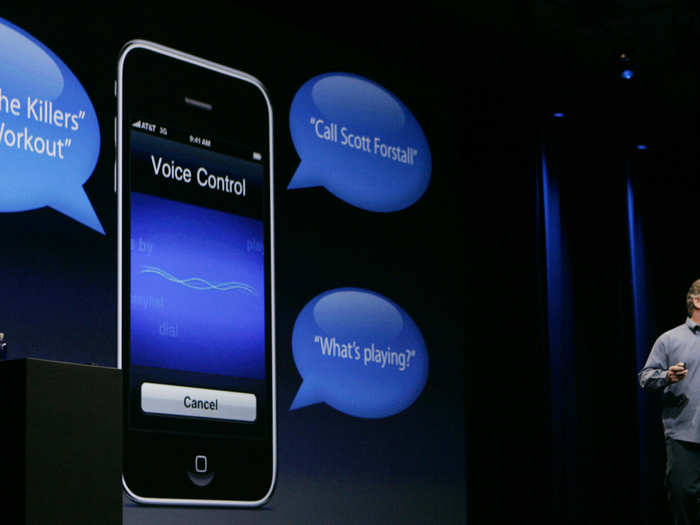
2010: iOS 4 was the first version to get the "iOS" name instead of "iPhone OS." It added multitasking and let you change the wallpaper on your home screen.
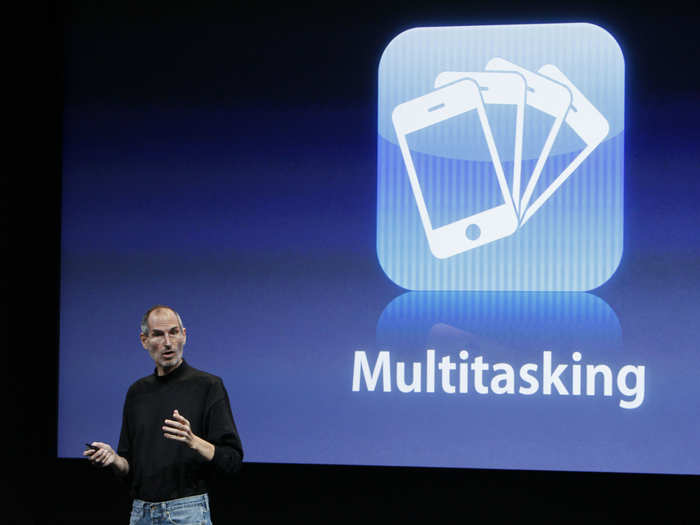
2010: iOS 4 also added FaceTime video chat, but only if you had the new iPhone 4.
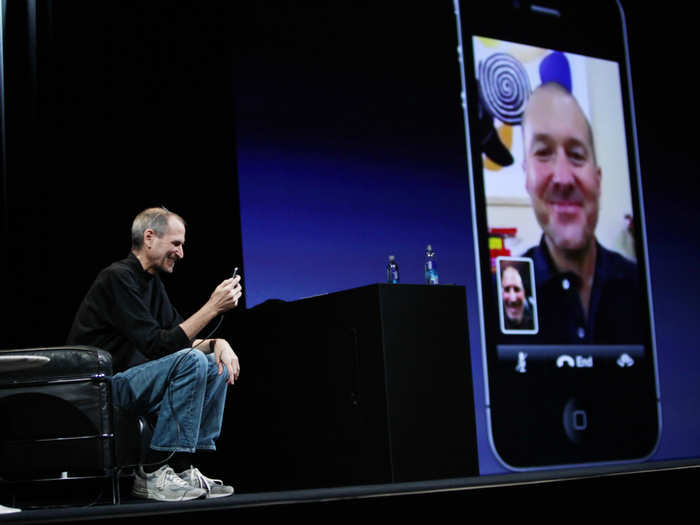
2011: iOS 5 greatly improved notifications thanks to the drop-down notification menu and alerts on your lock screen. It also added Twitter integration.
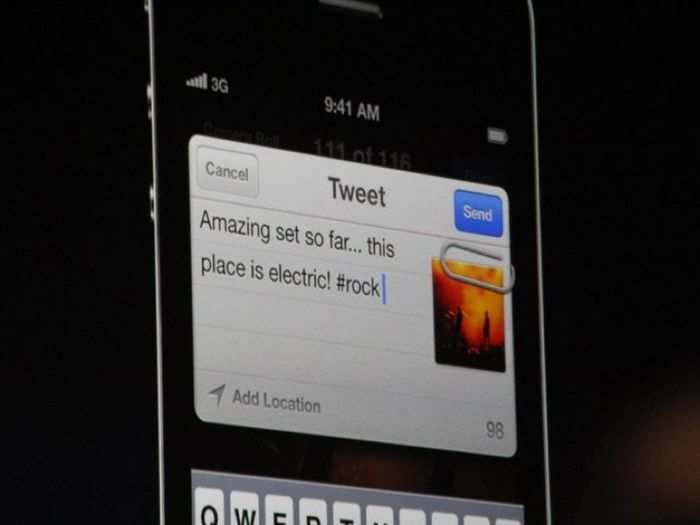
2011: iOS 5 included iCloud, which let you back up your phone to Apple's servers over the internet. No more syncing with iTunes!
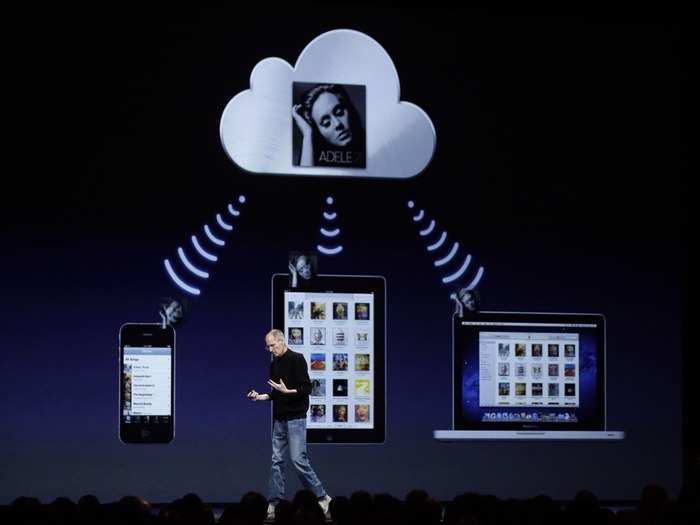
2011: iOS 5 also added Siri, but it only worked on the new iPhone 4S.
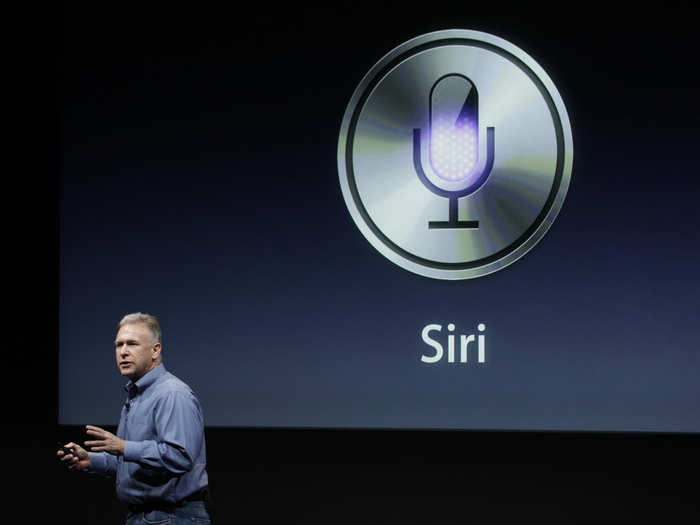
2012: iOS 6 was one of the most controversial updates. Apple ditched Google Maps in favor of its own homegrown maps app. Apple Maps is still considered inferior to Google Maps.
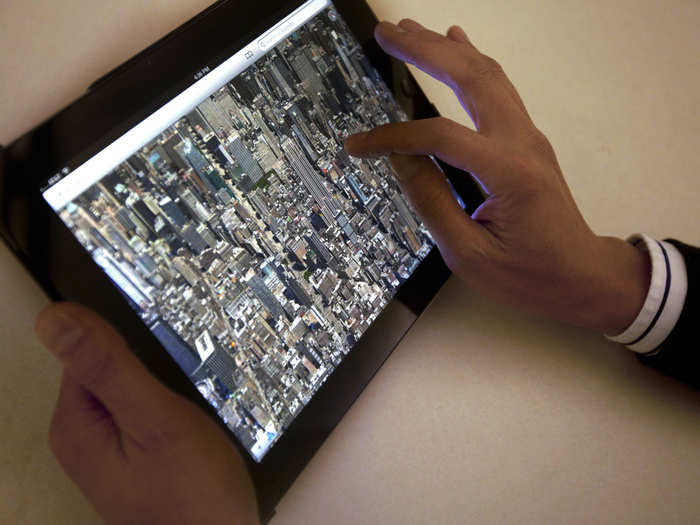
2013: iOS 7 was a massive overhaul of the software's design. Apple redesigned all the standard apps that come with your phone.
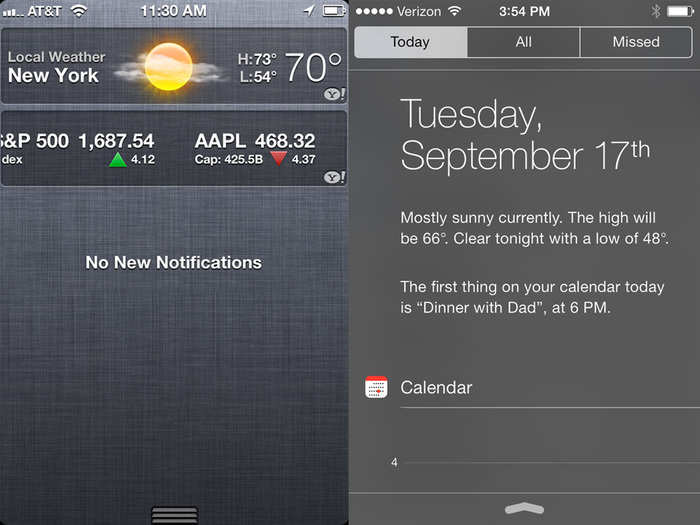
2013: Apple showed a preview of iOS 8 in June. It added widgets in the Notification Center and a way to respond to notifications like text messages without exiting the app you're using. It'll be available in the fall.
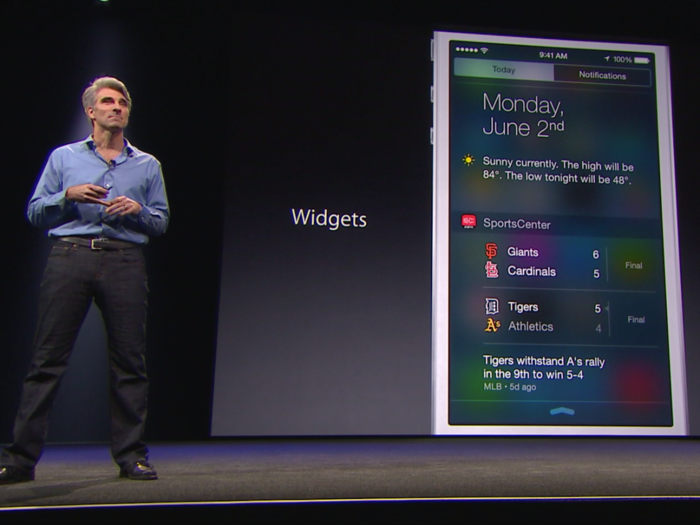
Popular Right Now
Advertisement
